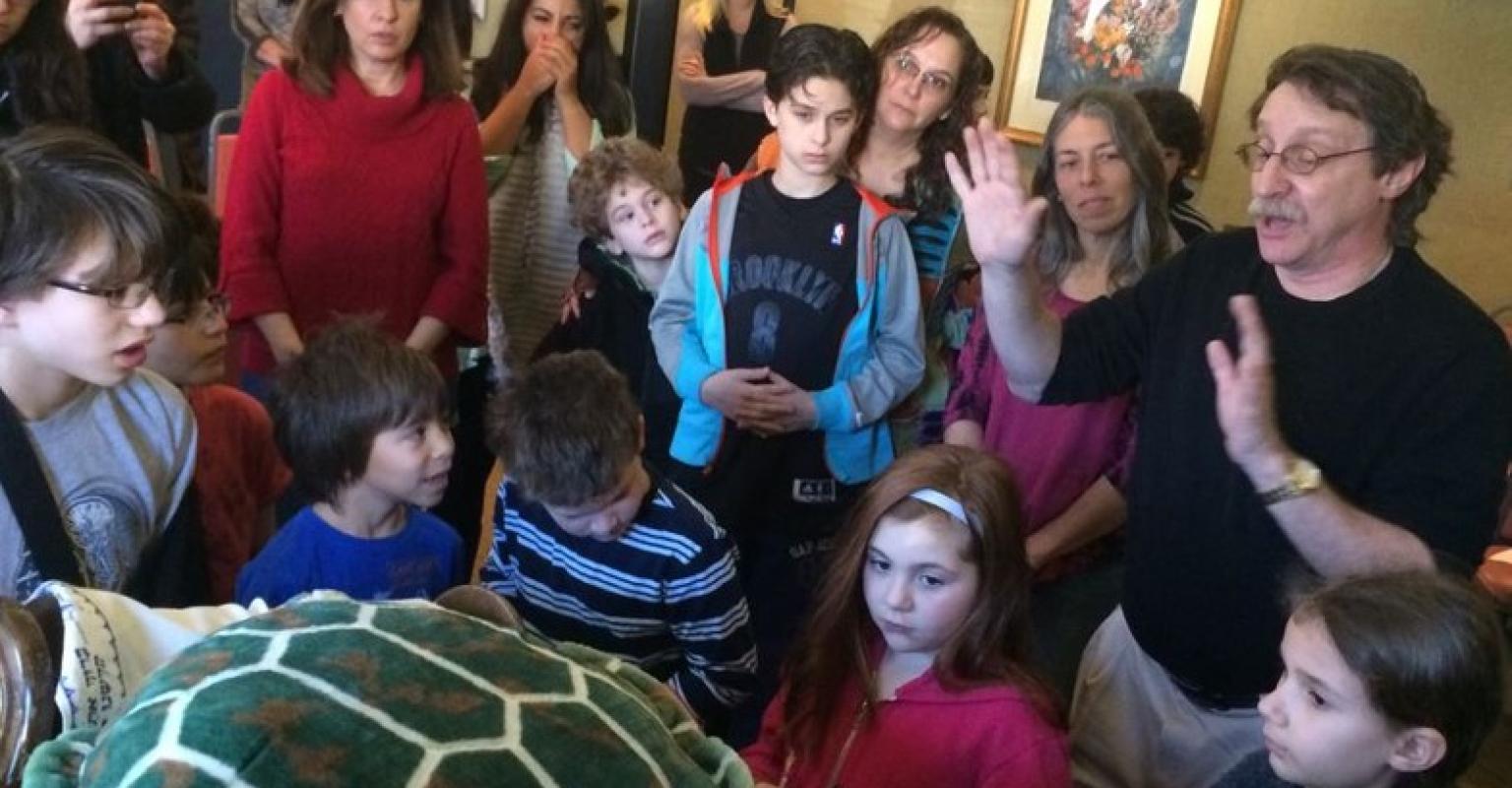The Meaning Behind Purim Hamantaschen
742
4
Video
Game
Online Activity
Show more
View Resources:
Partner Content
Topic
- Zionism
- Jewish Peoplehood
- Jewish Holidays (Chagim)
- History
Setting
- After School and Beyond
- Congregational Learning
- Day Schools and Yeshivas
- Teen Engagement
- Family Engagement
Discover more

Collection
An exciting and diverse collection of resources to learn and celebrate the story of Purim.
6225
65

Learn the story of Purim and how to celebrate with these fun videos.
201
5

Congregation Tifereth Israel (CTI), Glen Cove, NY. CTI learners and their families participate in hands-on experiential learning. The curriculum focuses on Jewish values learned through our stories (both modern and ancient).
246
5
